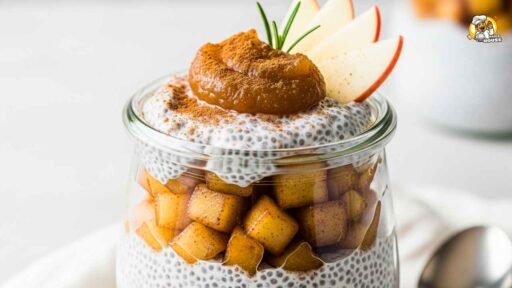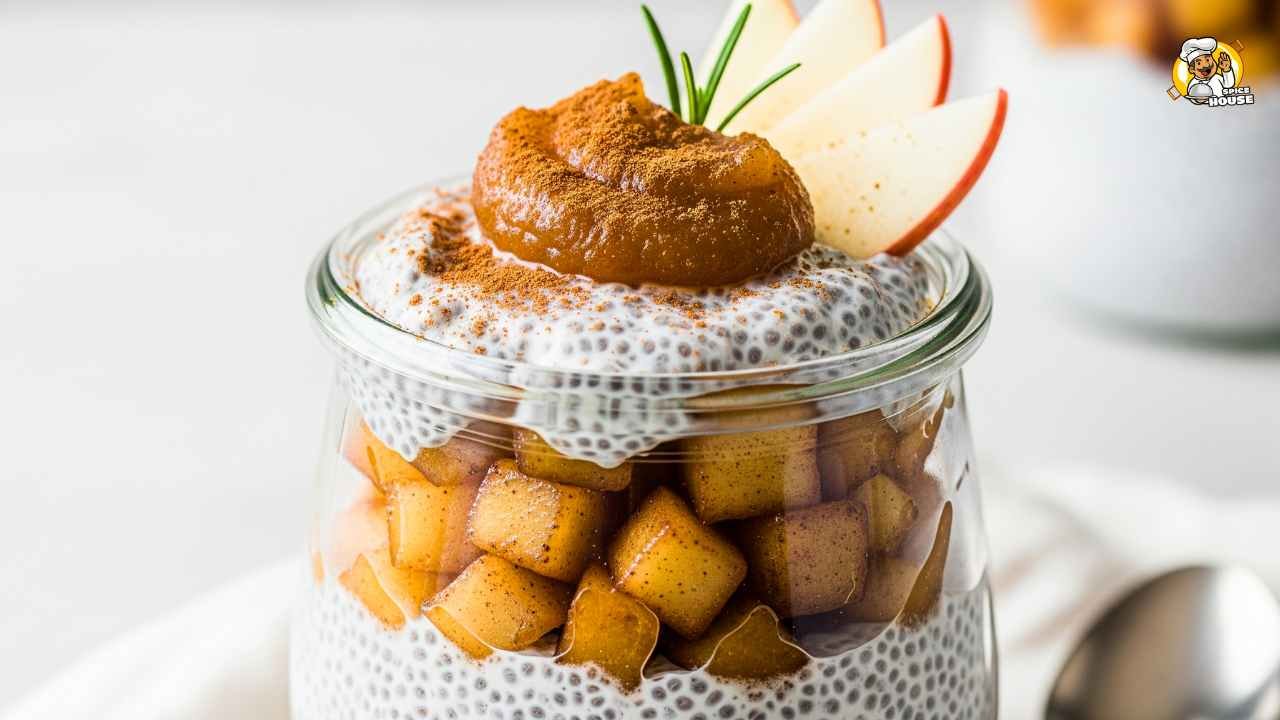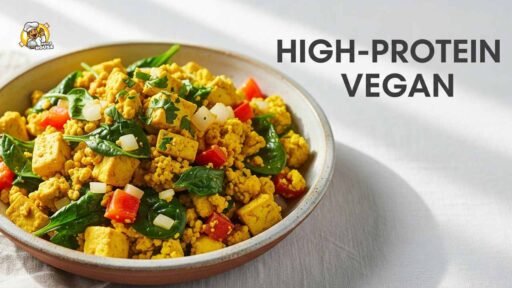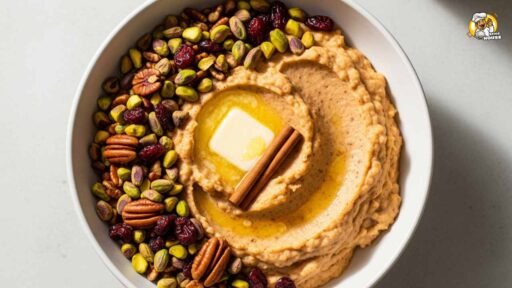Hard fact first: In April 2024, the USDA finalized the first-ever limits on added sugars in U.S. school meals, phasing in caps starting in School Year 2025–26 and tightening to an average of less than 10% of calories from added sugars by 2027–28. A parallel drumbeat from the American Heart Association has been loud for years: children ages 2–18 should consume less than 25 grams (6 teaspoons) of added sugars per day. Here’s the thing—those two guardrails are colliding with the reality of kids’ taste buds and the food industry’s bottom line.
That collision is driving a new sweet spot. Parents want treats that pass both nutrition guidelines and lunchbox tests. Brands want growth without a sugar halo. Retailers want products that won’t get flagged by evolving standards. Investors are tracking which companies are best positioned (think spice giant McCormick & Co., yogurt makers, and better-for-you snack startups). Employees—in R&D kitchens, on flavor teams, and in sales—feel that pressure to reformulate and reposition. And in the middle of it all sits a deceptively simple bowl: cinnamon apple chia pudding. It’s clean, fast, and kid‑approved when you get the texture and spice balance right. It also lines up with the macro trend: more fiber, less added sugar, familiar flavors.
The Data
-
Added sugars in schools: USDA’s 2024 final rule introduces added-sugar limits for the first time, with phased implementation through 2027–28. Source: U.S. Department of Agriculture, Food and Nutrition Service (2024).
-
What kids should have: “Children and adolescents should consume less than 25 grams (6 teaspoons) of added sugars per day.” Source: American Heart Association Scientific Statement (2016).
-
Why chia works: “Chia seeds can absorb up to 10–12 times their weight in liquid, forming a gel.” One ounce provides about 9–10 grams of fiber. Source: Harvard T.H. Chan School of Public Health.
Quick Cinnamon Apple Chia Pudding: Kid-Approved Sweet
-
Ingredients (serves 4): 2 medium apples (peeled/diced), 2 cups milk of choice, 6 tablespoons chia seeds, 1–2 tablespoons pure maple syrup (optional), 1 teaspoon ground cinnamon, 1 teaspoon vanilla, pinch of salt, squeeze of lemon.
-
Steps:
-
Simmer diced apples with cinnamon, lemon, and a splash of water for 5–7 minutes until tender.
-
Whisk milk, chia, vanilla, salt, and maple in a bowl; stir in the warm apples.
-
Chill 2–3 hours, stirring once after 10 minutes; serve with a sprinkle of cinnamon or yogurt.
-
Cinnamon Apple Chia Pudding: Kid-Approved Sweet: Step By Step Guides
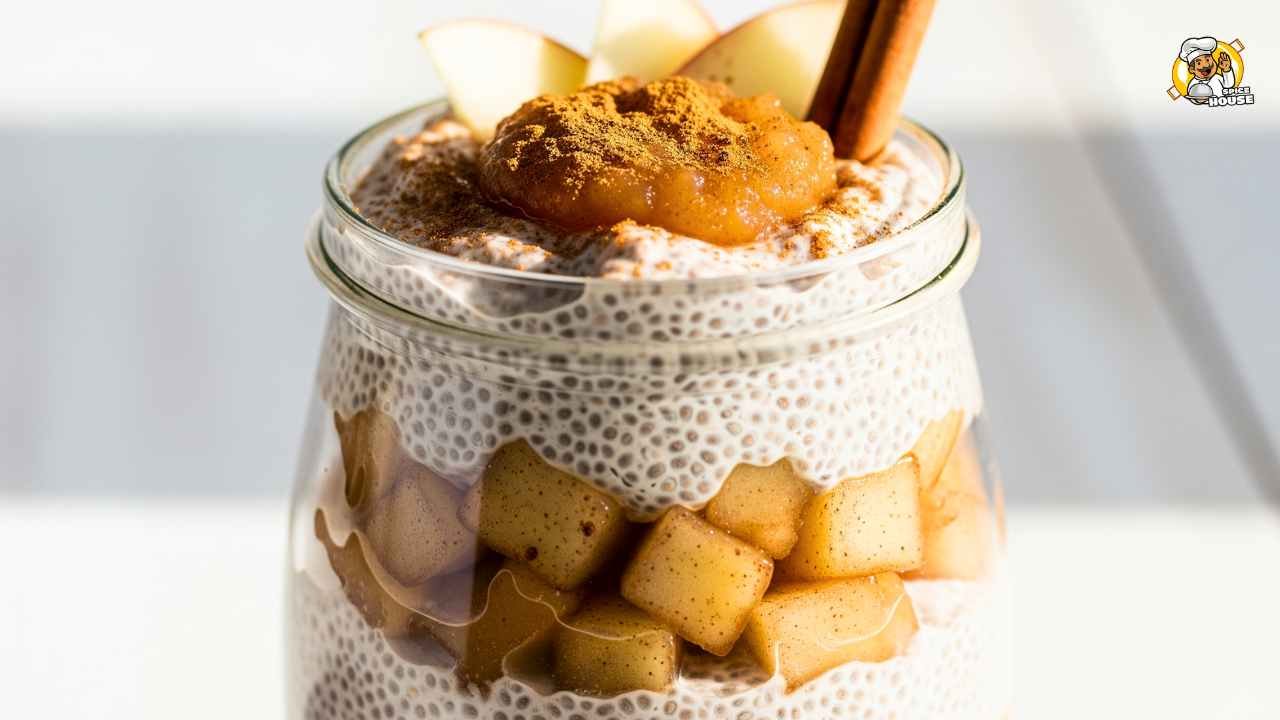
1. The Pantry-and-Playbook Setup: Ingredients, Gear, and What You’re Solving For
Let’s keep this real. Kids say “yes” when a sweet tastes familiar, spoonable, and not “seedy.” You want a pudding that bends to different milks, tolerates lunchbox time, and lets cinnamon carry the sweetness so you can keep added sugar low. That’s the mission.
Core ingredients (and why):
- Apples: Honeycrisp, Gala, or Fuji keep sweetness high and acidity balanced. Apples give the body natural sugar without syrups.
- Chia seeds: Prefer white chia if you’re dealing with “speckle-averse” kids. Same nutrition, less visual pushback.
- Milk: Whole dairy for creaminess; oat for sweetness; almond for lightness; soy for protein. Use what your kid accepts now.
- Cinnamon: Cassia delivers bold, classic “apple pie” flavor; Ceylon is softer and more floral. Either works; we’ll talk safety later.
- Vanilla + pinch of salt: They amplify perception of sweetness.
- Optional maple or date syrup: Start small, add only if the apples aren’t carrying the load.
Gear:
- Small saucepan, mixing bowl, whisk, and either a blender or stick blender for texture tweaks.
- Lidded jars or reusable cups for portioning.
Flavor strategy:
- Use warm apples and cinnamon to prime the palate. Temperature and aroma matter; warm fruit makes less sugar taste sweeter.
- Pre-dissolve cinnamon in warm apples to avoid dusty pockets.
Time map:
- Active cook: 10–15 minutes.
- Passive set: 2–3 hours in the fridge, or overnight.
Look, the goal isn’t perfection. It’s repeatability. You want a base recipe you can bend for picky days, busy mornings, and new lunch rules.
2. Build the Flavor Base: Cinnamon Apples That Cheat Sugar
You don’t need much sweetener if the apples do the heavy lifting. This step sets that up.
Prep:
- Peel and dice 2 medium apples into small, even cubes. Smaller pieces equal faster gel and softer texture.
- In a small saucepan over medium heat, add the apples, 1 teaspoon ground cinnamon, a squeeze of lemon, and 2–3 tablespoons water.
- Optional: Add 1 teaspoon grated apple or a teaspoon of apple juice concentrate if your apples are under-ripe.
Cook:
- Simmer, stirring, 5–7 minutes until apples are just tender, glossy, and aromatic. You’re not making applesauce; keep structure.
- Taste. If apples are tart and your kid is sensitive, add 1–2 teaspoons of maple or date syrup. Keep it minimal—remember the AHA ceiling.
Why it works:
- Heat releases volatile compounds in cinnamon (cinnamaldehyde) that read as sweet. Vanilla later will round that effect.
- Lemon brightens and keeps apples from browning. Acid also perks up perceived sweetness.
Pro move:
- Mash 1/3 of the cooked apples with a fork. That creates “pockets” of apple puree that carry cinnamon through every bite and makes the pudding feel richer.
Spice safety note:
- Most household cinnamon is Cassia, which contains coumarin. European food safety authorities set a tolerable daily intake for coumarin at 0.1 mg/kg body weight. For kids, keep cinnamon modest and rotate spices. A pinch goes a long way; you’re flavoring, not dosing.
This smells like an easy win because it is. The right cinnamon-to-apple ratio means you’ll reach for the syrup less often, full stop.
3. Hydrate Like a Pro: Chia Ratios, Setting Science, and Kid Texture Fixes
Chia can be dreamy or gluey. The line between the two is the method. Here’s the blueprint.
Base ratio:
- For a custard-like pudding, use about 3 tablespoons of chia per 1 cup of milk. For a thinner snack cup, 2.5 tablespoons per cup.
- For this recipe: 6 tablespoons chia to 2 cups milk.
Hydration steps:
- In a bowl, whisk 2 cups milk, 1 teaspoon vanilla, a pinch of salt, and any optional sweetener.
- Sprinkle in chia while whisking. Don’t dump it all at once; you’ll get clumps.
- Wait 10 minutes, then whisk again to break early clumping. Fold in warm cinnamon apples (and their juices).
Temperature tip:
- Warm apples slightly thicken the mixture faster and bloom cinnamon into the milk. But don’t go hot; you’ll risk a weird gel skin.
Texture pathways (choose your kid):
- Picky about seeds: Blend half the mixture for 10–15 seconds, then recombine. You’ll keep the body and cut the “frog egg” look.
- Wants smooth: Fully blend for 30–40 seconds until silky. It will set like a classic pudding.
- Likes boba vibes: Leave it as is; the pearls will be distinct and fun.
Salt and vanilla:
- Don’t skip. Both boost sweetness perception without adding sugar.
Set time:
- Cover and chill 2–3 hours, or overnight. Stir once after the first 10 minutes to reset even distribution.
Troubleshooting:
- Too runny after 3 hours? Stir in 1/2 tablespoon more chia and wait 20 minutes.
- Too thick? Whisk in 2–4 tablespoons milk, one splash at a time.
According to Harvard’s nutrition page, chia’s 10–12x water uptake is the secret here. You’re borrowing that gel to mimic a custard without eggs or starch.
4. Make It “Kid-Approved”: Familiar Sweetness, School Rules, and Low-Sugar Tricks
You’ve got the base. Now make it win the lunchbox—and the cafeteria rules.
Familiar flavors first:
- Apple pie signals safety to kids. Layer cinnamon at two points—once in the apples, once as a dusting on top for aroma.
- Add a tiny bit of butter (or coconut oil) to the warm apples if you need richness. Fat carries flavor and improves mouthfeel.
Sweetness ladder:
- Start with none. Taste after set; puddings read sweeter cold.
- If needed, stir in 1–2 teaspoons of maple syrup to the full batch. That’s about 1.5–3 grams of added sugar per serving—well under AHA’s 25-gram cap.
Compliance lens (school meals are changing):
- With USDA’s added-sugar limits phasing in, this pudding fits the direction of travel. Choose unsweetened milks and keep any maple modest. Pair with protein (yogurt or nut butter) to round out the meal pattern.
Texture cues:
- Top with a spoonful of yogurt for tang and creaminess. It softens the seed pop and lets you dial back the sweetener further.
- For crunch, sprinkle a few toasted oats or crushed freeze-dried apples right before serving. Add at the last second to keep them crisp.
Allergy swaps:
- Dairy-free: Use oat, soy, or almond milk; add a squeeze of lemon to cut oat milk’s sweetness if needed.
- Nut-free: Stick with dairy, oat, or soy. Always check school policies.
Portioning:
- Serve in 4–6 ounce cups. Smaller cups increase odds of a clean finish—and a “Can I have more?” that you control.
Script the sell:
- Call it “Apple Pie Pudding.” Names matter. You’re marketing dinner, not writing a spec sheet.
Honestly, you don’t need to promise dessert. Just promise a cinnamon‑y pudding. Kids know what that means.
5. Batch, Store, and Scale: Meal Prep for Busy Weeks (and Snack Insurance)
A recipe only sticks if it fits life. So build it to scale.
Batch plan:
- Double the base to 4 cups milk + 12 tablespoons chia + 4 apples. You’ll get 8–10 snack cups for the week.
- Stagger sweetness: Leave the base unsweetened. Sweeten individual cups to taste. That way, one batch serves different palates.
Storage:
- Fridge: 4–5 days in sealed cups. Stir before serving if separation occurs.
- Freezer: Not ideal. Chia gels don’t love thaw cycles; texture goes grainy. If you must, freeze without the apples and fold them in after thaw.
Lunchbox logistics:
- Pack with an ice pack; most milks are safe cold for 4 hours. Use insulated sleeves if your kid’s lunch sits.
- Include a short spoon. Small ergonomics reduce spills and increase actual bites.
Morning saves:
- Stir in a spoon of peanut butter or sunflower seed butter for protein and stick-to-your-ribs power.
- Grate a bit of fresh apple over the top to refresh the aroma, especially on day three.
Variations that keep the theme:
- Pear + cinnamon + cardamom for holiday vibes.
- Apple + cinnamon + a pinch of ginger for warmth.
- Cinnamon + pumpkin puree for a fall twist. Adjust chia up 1/2 tablespoon per cup to offset the pumpkin’s water.
Waste‑less move:
- Use apple peels to make a quick cinnamon tea (simmer peels, a cinnamon stick, and water 10 minutes). Cool and use part of that tea as your liquid for a lighter, spiced pudding.
You definitely want this to be your “set it and forget it” snack. The easier it is to repeat, the more it becomes the default over ultra‑sweet cups and bars.
The People
Experts have been clear about the stakes. The American Heart Association, in its 2016 scientific statement, said: “Children and adolescents should consume less than 25 grams (6 teaspoons) of added sugars per day.” That’s not new. What’s new is enforcement pressure in places where kids actually eat—in school cafeterias—thanks to USDA’s 2024 final rule on school meals that adds the first caps on added sugars. For parents and school nutrition teams, the message converges: more fiber, less sugar, familiar flavors, fewer surprises.
Harvard T.H. Chan School of Public Health offers the practical insight that makes chia pudding tick: “Chia seeds can absorb up to 10–12 times their weight in liquid, forming a gel.” That single property lets a home cook build a pudding structure without eggs, cornstarch, or a lot of sugar. It also explains why a spoonful of yogurt or a splash of milk can rescue a too‑thick batch.
Industry watches the same shift. McCormick & Co., the global spice company behind cinnamon jars in most pantries, has spent years evangelizing sweet‑meets‑spice profiles in its annual flavor forecasts. The corporate line is upbeat—more use occasions for cinnamon, more everyday baking and snacking, more “comfort” bent. But parents have their own calculus: they want flavor fireworks without a sugar hangover. That gap is where products win or lose.
A pediatric registered dietitian might put it this way: fiber first, sugar later. In practice, that means snacks like chia pudding, fruit‑forward yogurt, and whole‑grain muffins stand in for cookies and juice pouches. Sources say retail buyers are already consolidating shelf space around that idea—if you can claim “low added sugar” and “good source of fiber,” you get a second look.
The Fallout
Real‑world consequences show up fastest in R&D briefings, planograms, and quarterly calls. On the supply side, more parents are searching for low‑sugar, high‑fiber snacks that still read as treats. That nudges CPG teams to reformulate from starch‑thickened, sugar‑forward puddings toward dairy or alt‑dairy cups with fruit, spice, and seeds. It’s a small pivot, but it compounds into big category shifts.
-
Ingredient demand: Cinnamon is poised to ride this wave. It’s a natural “sweetness amplifier,” so brands can reduce sugar and lean on cinnamon’s aroma. That favors suppliers like McCormick & Co., which already sell into both retail and industrial channels. Expect more SKUs that pair cinnamon with apple, pear, pumpkin, and date—classic pastry cues repackaged as better‑for‑you snacks.
-
Fiber is the new protein (for kids): Parents have learned to scan for fiber grams. Chia delivers 9–10 grams per ounce, which makes it an easy tool for developers. That moves chia from niche to mainstream. Market researchers project strong growth here; Grand View Research has estimated that the global chia seed market is on a double‑digit CAGR trajectory through 2030. More chia in packaged cups, pouches, and bars is a safe bet.
-
School compliance as a design constraint: With added‑sugar caps baked into school meal standards by 2027–28, brands that sell into K‑12 will rework recipes. Expect “apple cinnamon chia” style blends to show up in shelf-stable cups and refrigerator sets that meet the rule and still taste like dessert. Yogurt makers, in particular, can swap fruit‑puree‑forward recipes and leverage spices to keep sweetness perception high without adding sugar.
-
Retail resets: Grocers will carve space from indulgent cups and give it to “kids’ better-for-you” segments. That tends to be margin‑friendly. If you’re an investor, you’ll track who can scale cinnamon‑forward, sugar‑reduced lines quickly without supply hiccups. Spices have their own risks (coumarin scrutiny on Cassia, crop variability), but diversified players mitigate that.
-
Messaging shakeout: Claims will shift from “no refined sugar” to quantifiable lines like “2 g added sugar” and “6 g fiber.” Parents trust numbers more than vibes, and the new school standards will normalize the habit. Watch out for overreach; a cinnamon dusting doesn’t make a candy bar “better for you,” and regulators are cool to halo claims.
What’s the downside? Texture mistakes and over‑spicing. Kids reject gritty gels and “hot” cinnamon. If brands rush, they’ll miss the mouthfeel and blow the balance. That’s why this kitchen‑tested bowl matters: it’s a template. Get the ratio and spice profile right, and you have a platform for apple today, pear tomorrow, pumpkin in October. The upside is sticky because it tastes like what kids already love: pie, but weekday‑clean.
Recipe Recap and Variations (for speed):
Base (4 servings): 2 cups milk, 6 tablespoons chia, 2 medium apples, 1 teaspoon cinnamon, 1 teaspoon vanilla, pinch salt, lemon. Optional: 1–2 tablespoons of maple.
Steps: Cook apples with cinnamon and lemon for 5–7 minutes. Whisk milk, chia, vanilla, and salt. Combine, stir after 10 minutes, chill 2–3 hours.
Kid‑Approved tweaks:
- Blend half for a smoother texture.
- Top with yogurt for creaminess.
- Keep added sugar to 0–2 teaspoons per batch when apples are sweet.
Nutrition Notes and Safety:
-
Fiber: Chia is a fiber powerhouse. For little kids, go slow if they’re not used to high fiber. Offer water alongside.
-
Cinnamon types: Cassia is stronger and common; Ceylon is softer and lower in coumarin. Rotate spices and keep serving sizes reasonable, especially for daily eaters.
-
Allergens: Use the milk that fits your household. Soy adds protein; oat adds natural sweetness; dairy adds cream.
Slightly Skeptical Sidebar
When a brand slaps “kid‑approved” on a label, it’s often code for “we tested with a focus group and sweetened it enough to win.” That’s fine—up to a point. But the new rules make sugar harder to hide. Expect more “apple pie” innovation from companies that sell spices and flavors; they have the tools to deliver the sensation without the sugar. Not all of it will taste like home. You’ve got leverage in your kitchen: a pan, an apple, a jar of cinnamon, and 15 minutes.
Sources and Attributions:
-
USDA Food and Nutrition Service (2024) added sugar limits in school meals (final rule).
-
American Heart Association Scientific Statement (2016): Less than 25 grams/day added sugars for ages 2–18.
-
Harvard T.H. Chan School of Public Health: Chia seeds absorb 10–12x liquid; about 9–10 g fiber per ounce.
-
European Food Safety Authority: Coumarin tolerable daily intake 0.1 mg/kg body weight.
Closing Thought
Parents, retailers, and reformulation teams are all steering toward the same target—sweetness redefined by spice, texture, and fiber. If cinnamon and chia can carry kids’ pudding cups today, what happens when sugar caps tighten again tomorrow? Do spice makers like McCormick become the new quiet kingmakers of kids’ snacks, or will a new texture tech steal the spoon?

